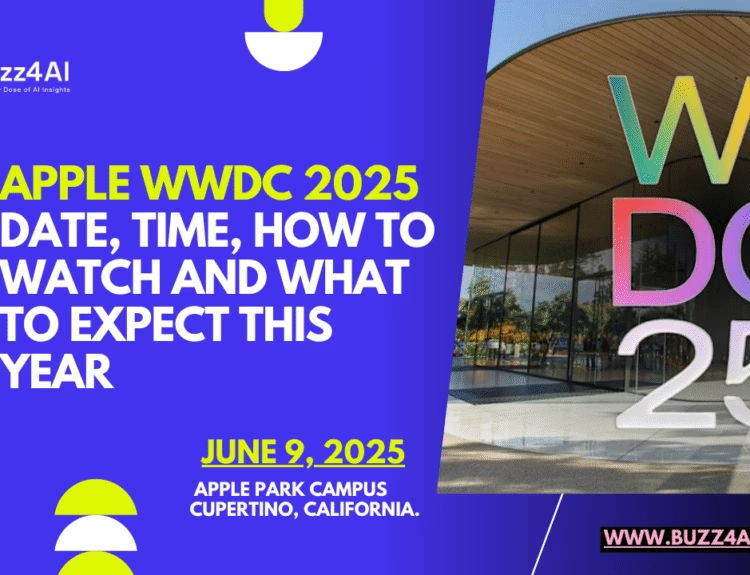President Xi Jinping said China must “overcome” the challenges of developing core AI technologies including high-end chips, state media reported Saturday, as Beijing seeks to become a world leader in the rapidly developing industry.
This news comes growing tensions with the U.S. and western countries, who have strict export controls on advanced AI Chips, limiting China’s access to crucial hardware. Now, China is doubling down on building its own AI Chip capabilities from the ground up.

China’s AI Technology
China identified that AI technology is a sector for economic growth, national security and global influence. Currently, its official AI Roadmap make China the world leader in artificial intelligence by 2030.
However, AI research and development depends on advanced chips, specially powerful GPU and semiconductor processors needed for training AI models like those developed by OpenAI and Google deepMind.

Right now, US restrict China companies from buying Nvidia’s most advanced AI chips such as the A100 and H100 models. This puts China’s AI ambitions at risk – making Xi’s Jinping call to overcome AI chip challenges even more urgent.
How Does China Overcome AI Chip Technology?
In the design of AI chips hardware is important. So, how does China overcome a I chip technology challenges when access to the best western hardware is blocked.?
Xi Jinping and top officials are promoting a multi-pronged strategy:
1. Promote Self-Reliance in Semiconductor Manufacturing :
- China is investing billions in domestic AI Chip companies like SMIC (Semiconductor Manufacturing International Corporation) and developing its own GPU alternatives.
- Projects to design high-performance AI chips are receiving government support and subsidies.
2. Expand Research and Development (R&D) :
- Universities and other tech labs are allocated with the tasks to design next-generation AI processors and fabrication technologies.
3. Alternative Supply Chains :
- Efforts are underway to promote their supply chain resources through partnerships with countries not participating in U.S.-led export controls.
4. AI Optimization for Existing Hardware :
- Chinese AI Firms are learning to optimize the AI Models runs on powerful chips, bypassing the need for very latest hardware.
In short, China is determined to build their own AI Chips and becoming independent and innovative in AI ecosystem.
Xi Jinping’s AI Technology Vision
Xi Jinping’s AI technology vision is not about survival, it’s about domination.
Xi sees artificial intelligence as the main sector of a new industrial revolution. he transforming manufacturing, agriculture, healthcare and even military operations.
He has repeatedly called for:
-
Deeper integration of AI into the real economy.
-
Protection of “core technologies” from foreign control.
-
Global leadership in AI standards and governance.
Now, further China will not slow down or depend on foreign powers for its technological future. China is becoming independent and overcoming the chip bottleneck and fulfilling Xi Jinping’s long-term AI ambition.
Also Read : From chatbots to intelligent toys: How AI is booming in ChinaPromote Self-Reliance
The Key Phrase from Xi’s speech was the need to promote self realise.
The idea of technology self-sufficiency has been central to its strategy since the Made in China 2025 initiative.
Here is what promote self realise looks like today:
- China massive funding for local chip startups.
- Chinese Government procurement of domestically-made AI products.
- China Policies encouraging universities to collaborate with tech companies.
- China public-private partnerships for building AI data centres powered by Chinese chips.
This goal is not just to survive but to drive independently, and stage for the next wave of Made in China.
Final Thoughts :
Building AI chip ecosystem from scratch involves many technical barriers, supply chain gapes and massive capital requirements for China. So, it wouldn’t be easy for China.
However, self realise send a strong signal that China will keep pushing and innovating, no matter how high the hurdles.
China’s success or failure in overcoming AI chip challenges could ultimately reset the global market and balance of power in artificial intelligence technology and economics.
As the world watches closely, that China’s AI ambitions are just getting started.
For more posts visit buzz4ai.in







[…] intends to launch a downgraded version of its H20 artificial intelligence chip for China specifically, according to Reuters. This follows recent US export controls that stopped sales of […]